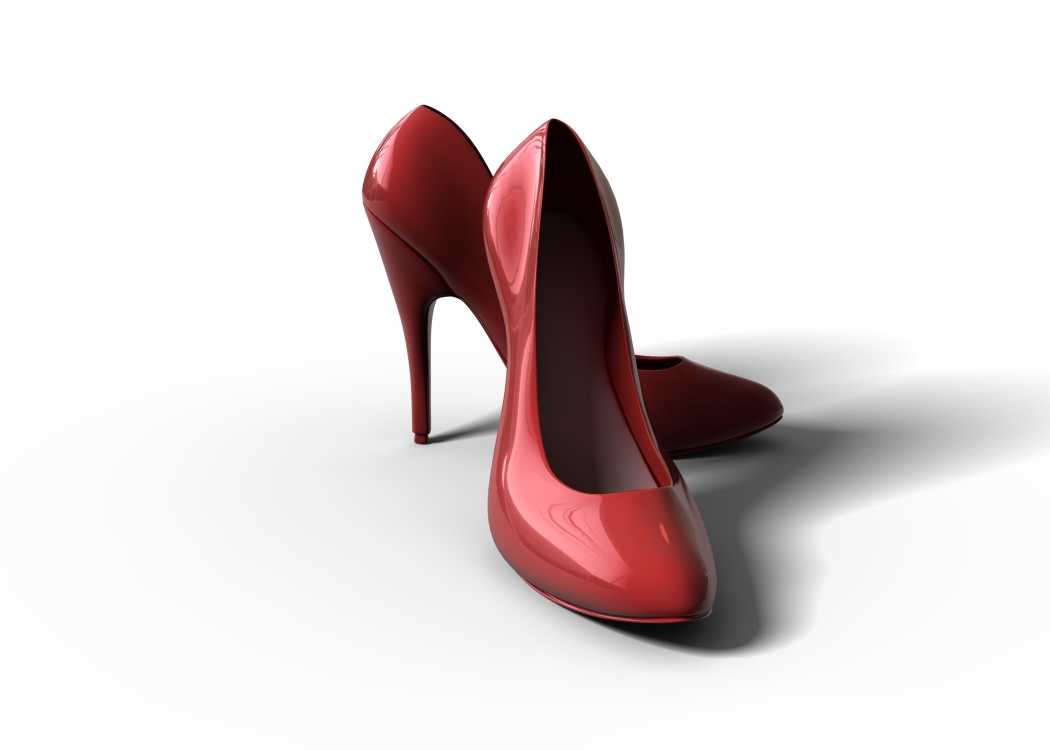In many Eastern countries and Scandinavia, removing shoes before entering a house is a cultural custom. An obvious side benefit of the long-standing tradition is that it saves floors from significant damage that can be caused from all different types of shoes; shoes that leave pesky pocks, indentations, scuffs and marks.
In our lives and times, it’s usually not reasonable to ask a person to take their shoes off before they walk upon your new floor, and we all know athletes need to wear shoes in a gym, for example. But stiletto heels and rubber soul shoes have damaging effects. Some should be prevented, while some can be easily remedied.
One of the one of the most abusing types of shoes on nearly any kind of floor are spike-heel stilettos. Damage from stilettos has been found in not only resilient flooring products such as rubber, but also in hardwood floors. Though they may be the perfect accessory to the even more-perfect outfit, stilettos wreak havoc on floors because they channel so many pounds of pressure per square inch; a 100-pound woman in stilettos can equal 8,000 pounds per square inch (psi) of load! Even the toughest floors usually can withstand only 2,500 psi of static load. The targeted pressure of stilettos leaves behind a trail of pock marks that are nearly impossible to correct inexpensively.
Shoes with rubber bottoms can leave marks on flooring, too. Much less damaging than spike heels, scuff marks from rubber soles can usually be easily removed, but can prove time consuming. For small scuffs, use a pencil eraser to remove the mark. For larger marks, use a tennis ball to buff it out. (Cut an “x” at the top of the ball, and insert a broomstick handle into it. Rub the scuff marks with the ball until they disappear.) Baking soda paste also is a useful scuff-mark cleaner. Mix two tablespoons of baking soda with warm water until it makes a smooth paste (not runny). Dab a soft cloth with the mixture, rub, and give the area a final touchup with a dry, clean cloth. Be careful to test all areas to make sure the removal process is not overly abrasive. Overly abrasive or aggressive removal can damage your floor.
Most flooring will encounter shoes, of course, but you may find it necessary to put limits on which types are allowed on your floors, depending upon use and surface type. You may find there is never an appropriate time to allow stilettos on your new floor, and now you know how to remove pesky scuff marks, too. Making users aware of the appropriate shoes for your surface and how to keep it mark-free will help maintain its beauty and quality for years to come.


